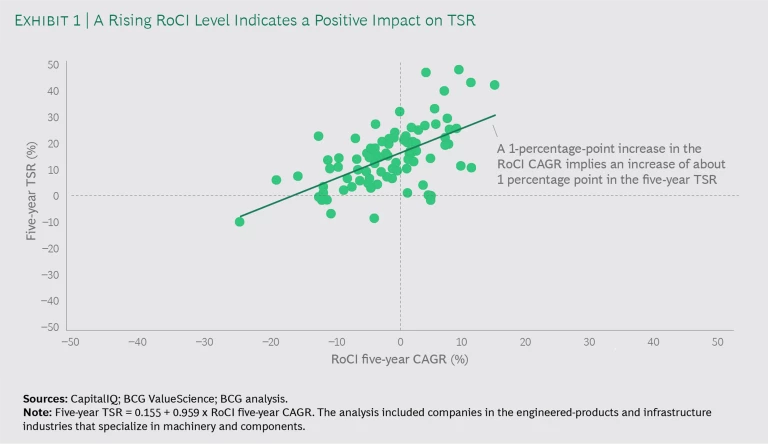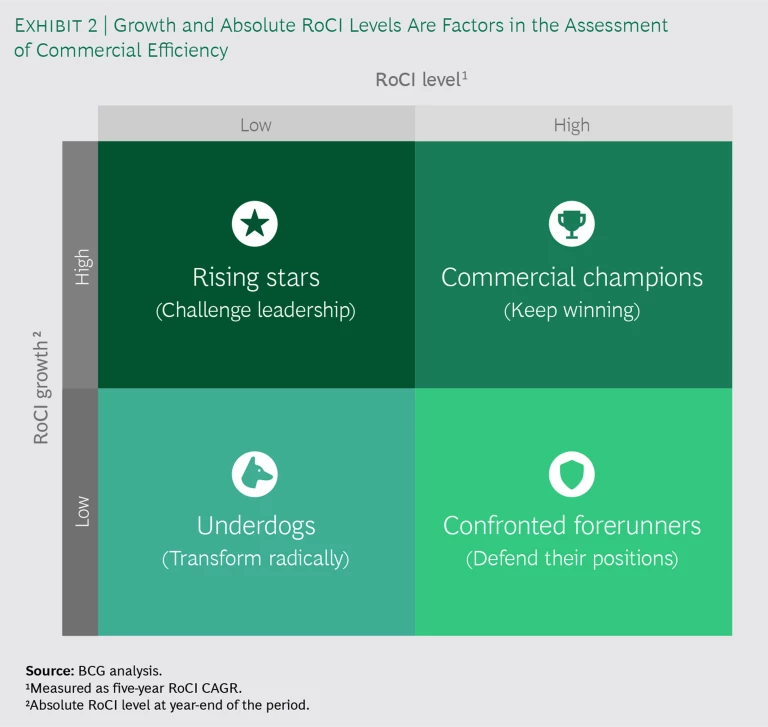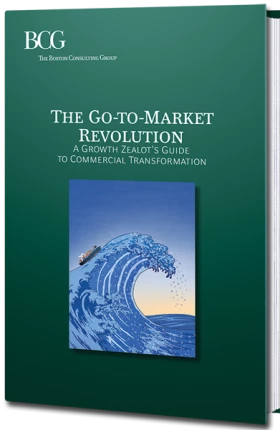“Half the money I spend on advertising is wasted; the trouble is I don’t know which half.”
— John Wanamaker
A century has passed since John Wanamaker deplored the uncertainty of ROI from advertising, but doubts about its value still plague businesses today. Executives struggle to measure the effectiveness of their commercial investments in advertising and marketing as well as pricing and sales.
Commercial activities present other challenges, too. Some companies are faced with declining sales leads and leads of declining quality. For others, pricing remains a black box. Though other business areas have been streamlined successfully, commercial challenges persist.
Silos are part of the problem. Most companies view marketing, sales, and pricing as self-contained functions. This perception explains the popular use of return on marketing investment (RoMI) as a measure of commercial success. Though valuable, RoMI doesn’t tell the whole story. Marketing is related to the sales and pricing functions, so all three should be assessed in concert. That’s why BCG developed the return on commercial investment (RoCI) metric.
The aggregate of all commercial KPIs into a single powerful figure, RoCI is the measuring stick CEOs have long yearned for.
The aggregate of all commercial KPIs into a single powerful figure, RoCI is the measuring stick CEOs have long yearned for.
RoCI is a standard by which company leaders can compare their performance with that of their peers and competitors. RoCI correlates well with other KPIs, informs budgeting and spending decisions, and is linked directly to the bottom line. In short, maximizing RoCI means maximizing value. (See Exhibit 1.)
In our analysis, we found that an increasing RoCI translates to a growing total shareholder return (TSR). Meanwhile, in 65% of the companies in which RoCI was falling, the selling, general, and administrative (SG&A) costs outpaced revenue growth.
How We Calculate RoCI
To zero in on RoCI, BCG has developed two approaches: from the outside in and from the inside out.
The Outside-In Approach. We leverage publicly available data to calculate RoCI from the outside in. In its most basic form, this is the formula we use:
RoCI = EBITDA / SG&A
We did not chance upon this definition. We developed this formula carefully, methodically testing it against many variables.
RoCI stands up in a wide range of locations and business sectors and has been tested over multiple time frames.
The Inside-Out Approach. When companies partner with BCG, we calculate RoCI using a comprehensive internal data set. We account for industry context and commercial organization, refining the definition in an iterative fashion. The result is a precise figure that is easily dissected to inform future decision making.
The inside-out method identifies costs that are directly linked to investments in marketing, sales, and pricing, as well as those with indirect links—product innovations and introductions, for example. Because such indirect costs inflate the marketing budget, our approach accounts for them too.
The BCG RoCI Benchmarking Database
BCG's robust database contains the RoCI of more than 40,000 publicly listed EU and US companies. By examining RoCI growth and RoCI level, we can identify a business’s market position in terms of commercial efficiency. For any individual business, we can create a customized matrix that categorizes it, alongside its most relevant peers and competitors, identifying it as one of four archetypes. (See Exhibit 2.)
Where a company is positioned on the matrix indicates possible gaps and areas of focus. The investment needs for each position vary according to every company's particulars, but our recommendations offer a concrete starting point for each of them. For example, a company identified as an “underdog” might consider implementing basic sales force effectiveness measures, reset its pricing strategy, or undergo a commercial reorganization. That is, it might need to rework the commercial basics. A “confronted forerunner” might require focus on growth-oriented topics such as cross-selling and upselling and channel and distributor management. A “rising star” might need to prioritize next-generation sales, dynamic pricing, and enablers (such as governance and metrics). Finally, a “commercial champion” should consider next-generation sales, data-driven marketing, and M&A opportunities.
Leverage RoCI in Your Own Organization
RoCI is the lifeline a CEO needs to successfully navigate the landscape of commercial investments. Understanding your company’s return—and benchmarking it against key competitors—will help you make well-informed spending decisions. RoCI sheds light on what to cut, what to keep, and where to double down. It informs prioritization of the company’s roadmap and the initiatives needed to optimize commercial strategy and creates a pragmatic implementation plan.
RoCI is the lifeline a CEO needs to successfully navigate the landscape of commercial investments.
RoCI is one of several critical building blocks in BCG’s “commercial accelerator.” Let us augment and extend the results of your RoCI analysis by analyzing your go-to-market capabilities and applying ready-to-go insights. Our basic goals: to tear down the silos separating marketing, sales, and pricing; to optimize core capabilities; and to build next-generation skills.
Contact our experts to discuss RoCI in more detail. We offer diagnostics, workshops, and full project support tailored to your company’s needs.
Note: BCG has filed a trademark application for RoCI.













